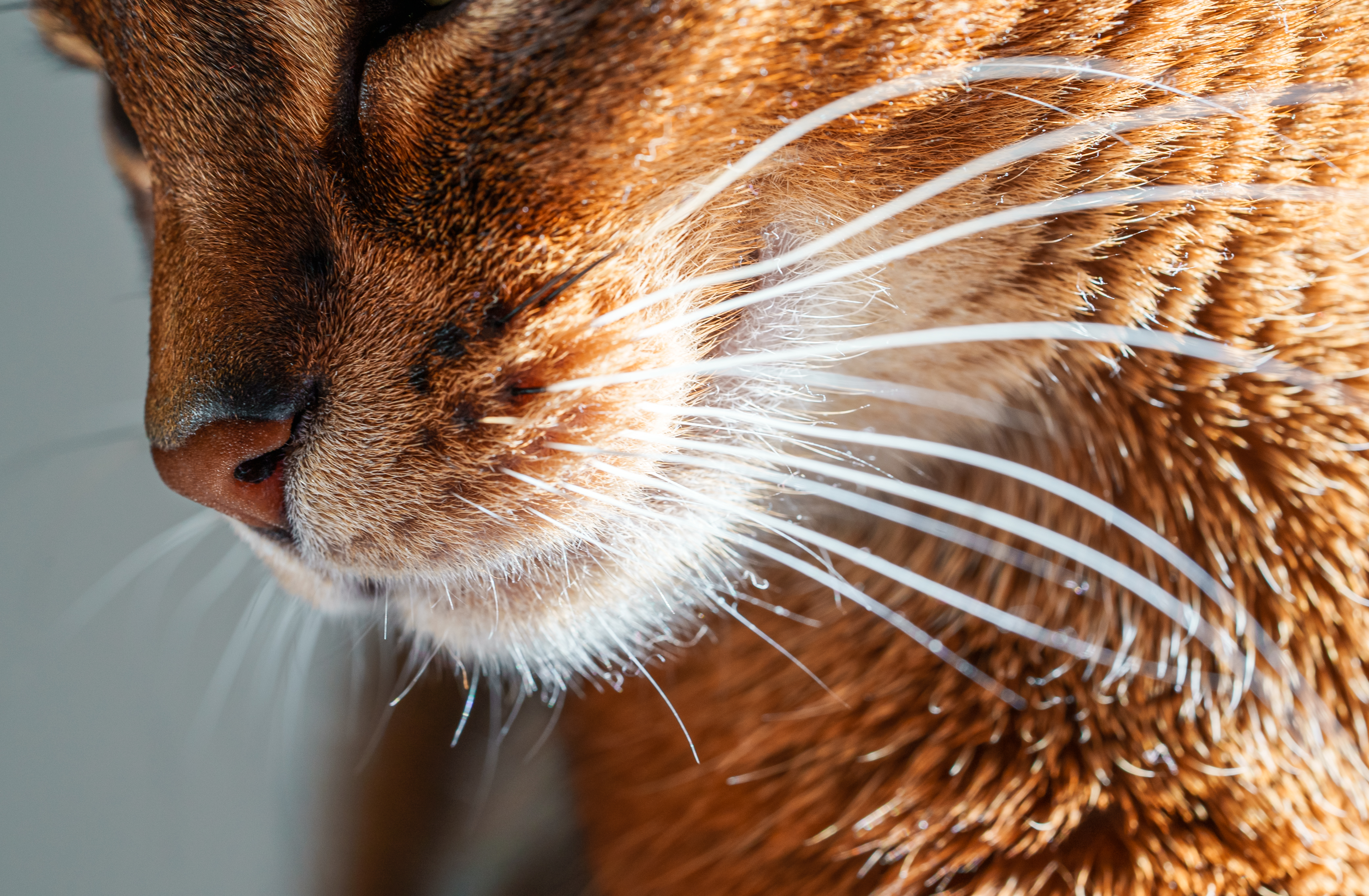10 Things You Didn’t Know About Cats’ Whiskers
Cats have long been revered for their grace, agility, and mysterious demeanor, but one of their most fascinating features often goes unnoticed: their whiskers. These delicate, tactile hairs, scientifically known as vibrissae, are not just ornamental; they are sophisticated sensory tools that play a crucial role in a cat's interaction with the world. From navigating their environment to communicating with other cats, whiskers are integral to a feline's daily life. As we journey through these 10 secrets of feline feelers, we will uncover how these specialized hairs contribute to a cat's survival, communication, and overall well-being.
1. The Anatomy of Whiskers

Whiskers are not just ordinary hairs; they are specialized structures that are deeply embedded in the cat's skin. Each whisker is rooted in a follicle that is three times deeper than that of regular fur, surrounded by a rich supply of nerves and blood vessels. This anatomical complexity allows whiskers to be incredibly sensitive to touch and vibration. The base of each whisker is connected to a muscle that enables cats to move them independently, enhancing their ability to detect subtle changes in their environment. This intricate design highlights the evolutionary significance of whiskers as essential sensory tools.
The length and arrangement of whiskers vary among different cat breeds, but they all serve the same fundamental purpose: to function as a sophisticated sensory system. Whiskers are typically arranged in four rows on each side of a cat's muzzle, with additional whiskers above the eyes, on the chin, and on the back of the forelegs. This strategic placement allows cats to gather information from multiple angles, ensuring they have a comprehensive understanding of their surroundings. Understanding the anatomy of whiskers provides a foundation for appreciating their multifaceted roles in a cat's life, from hunting and navigation to communication and emotional expression.